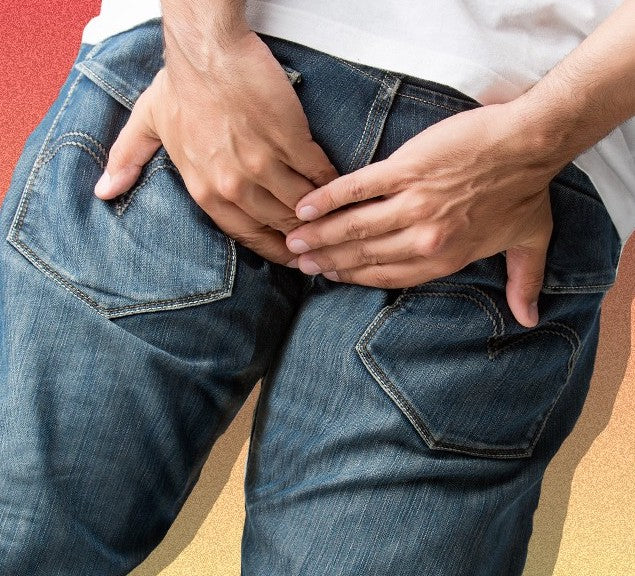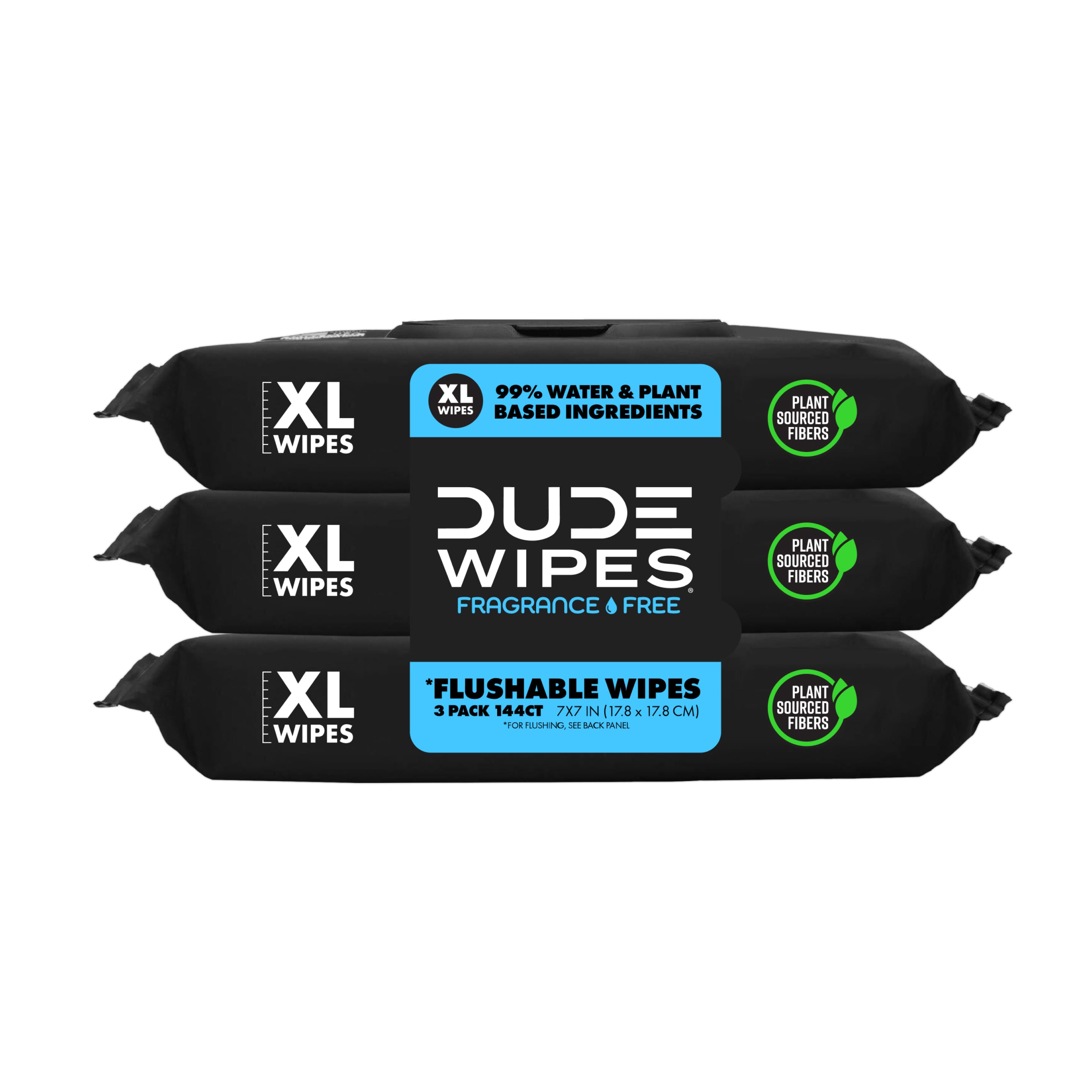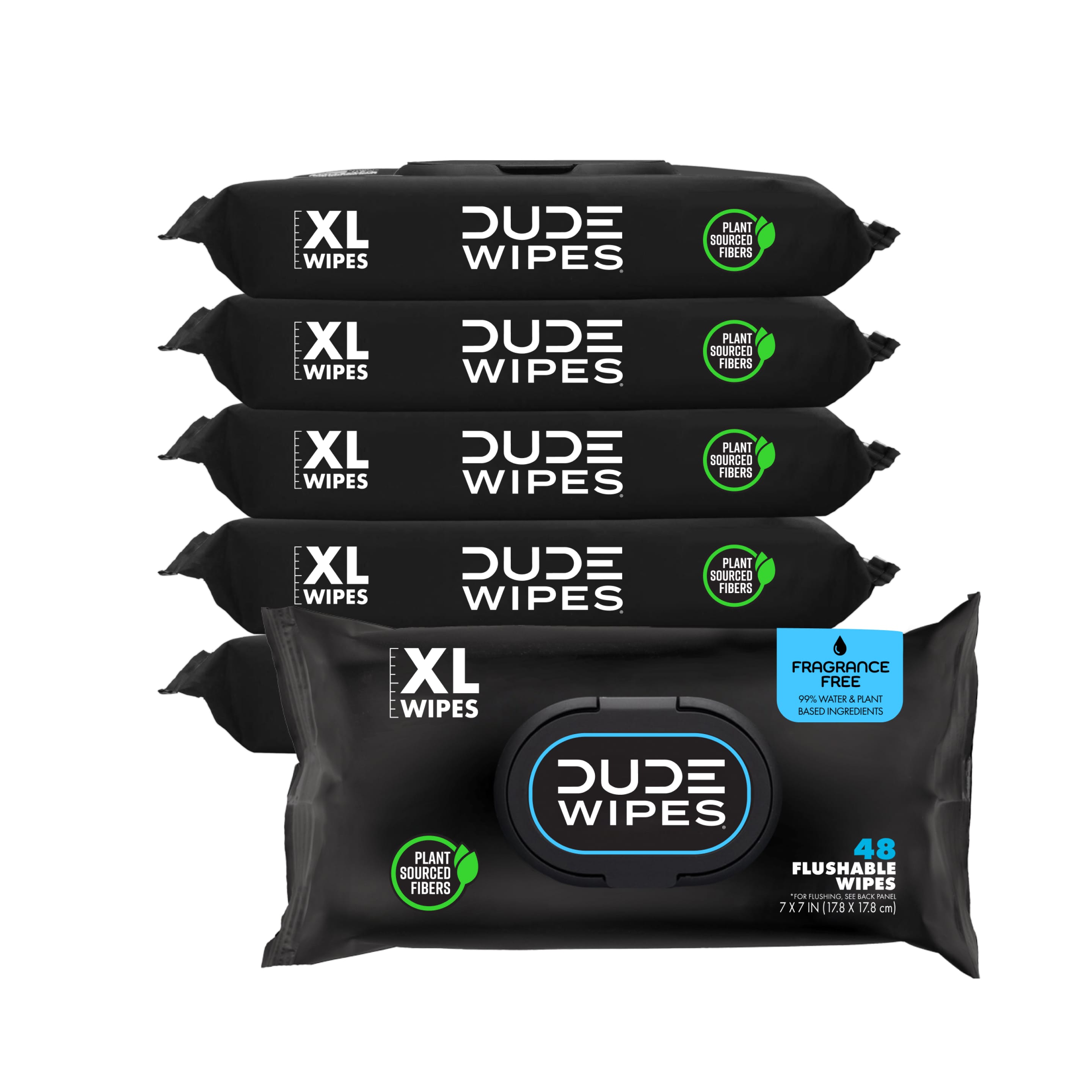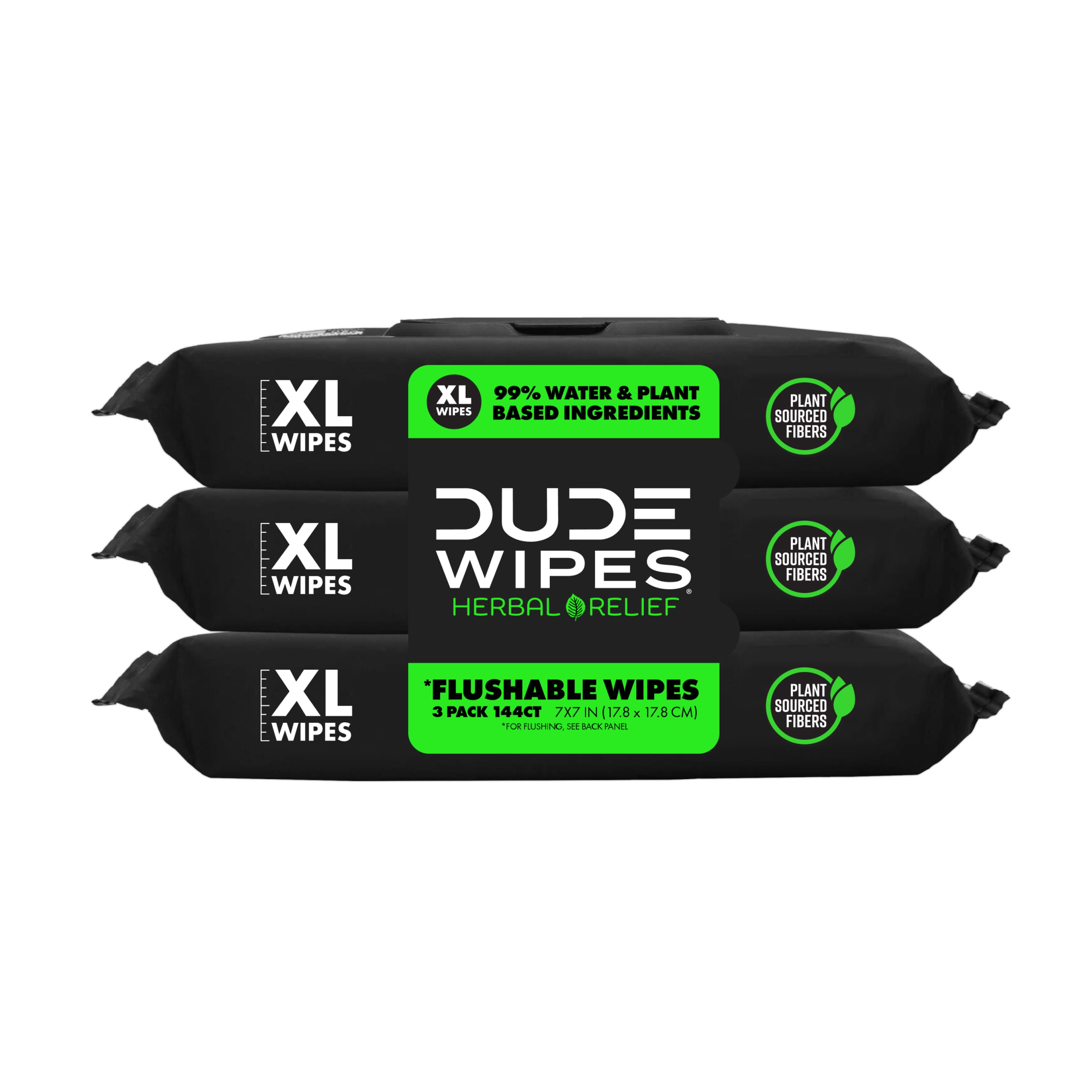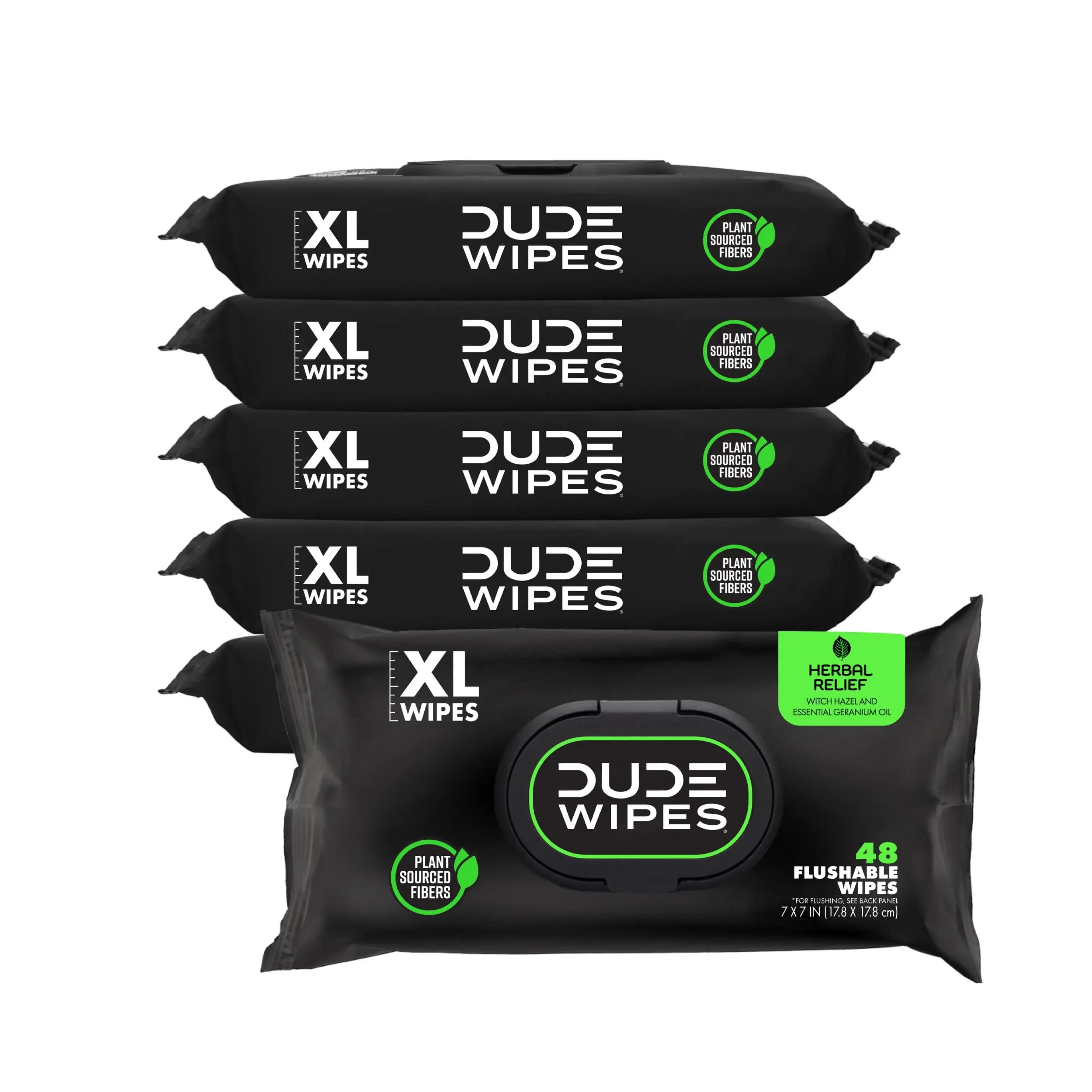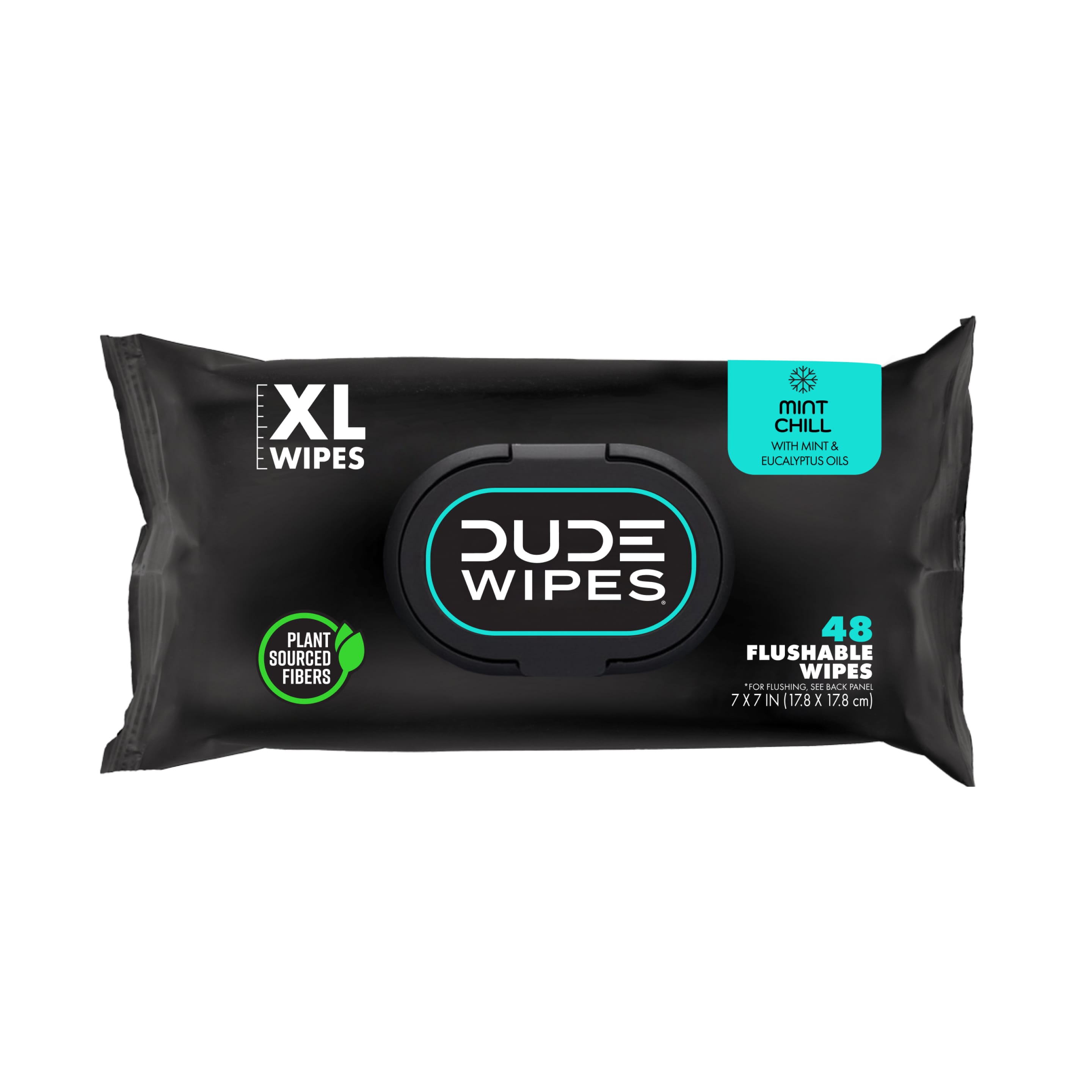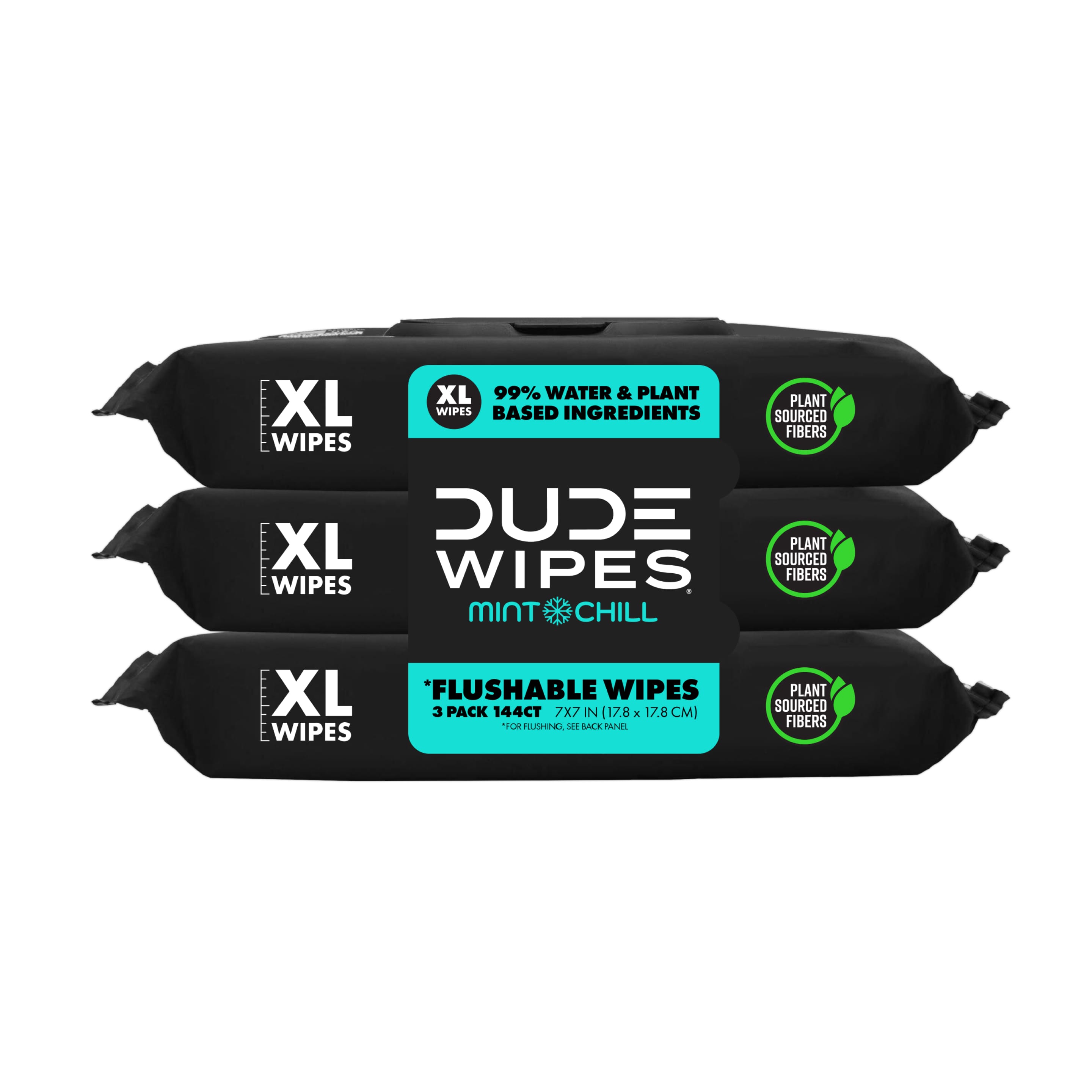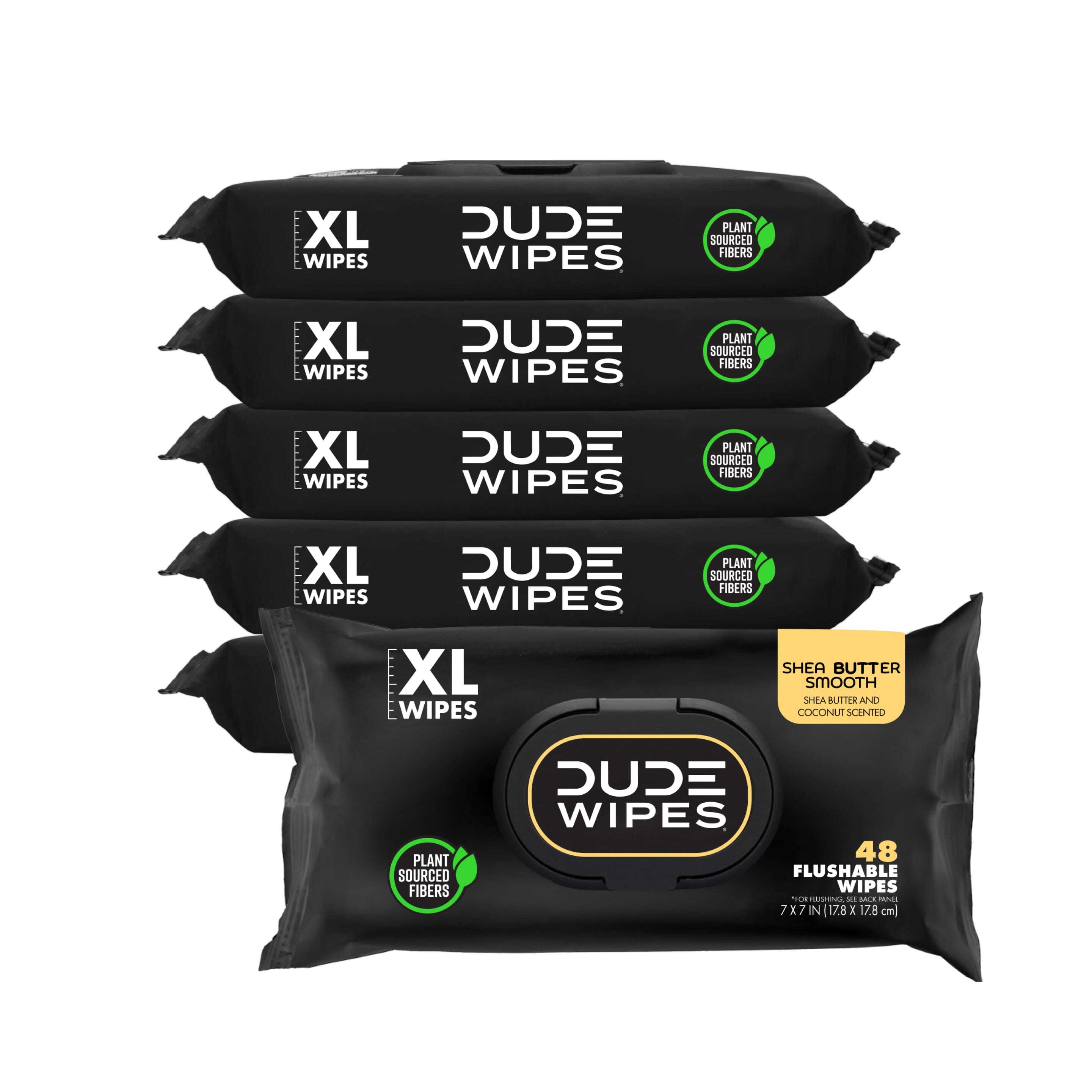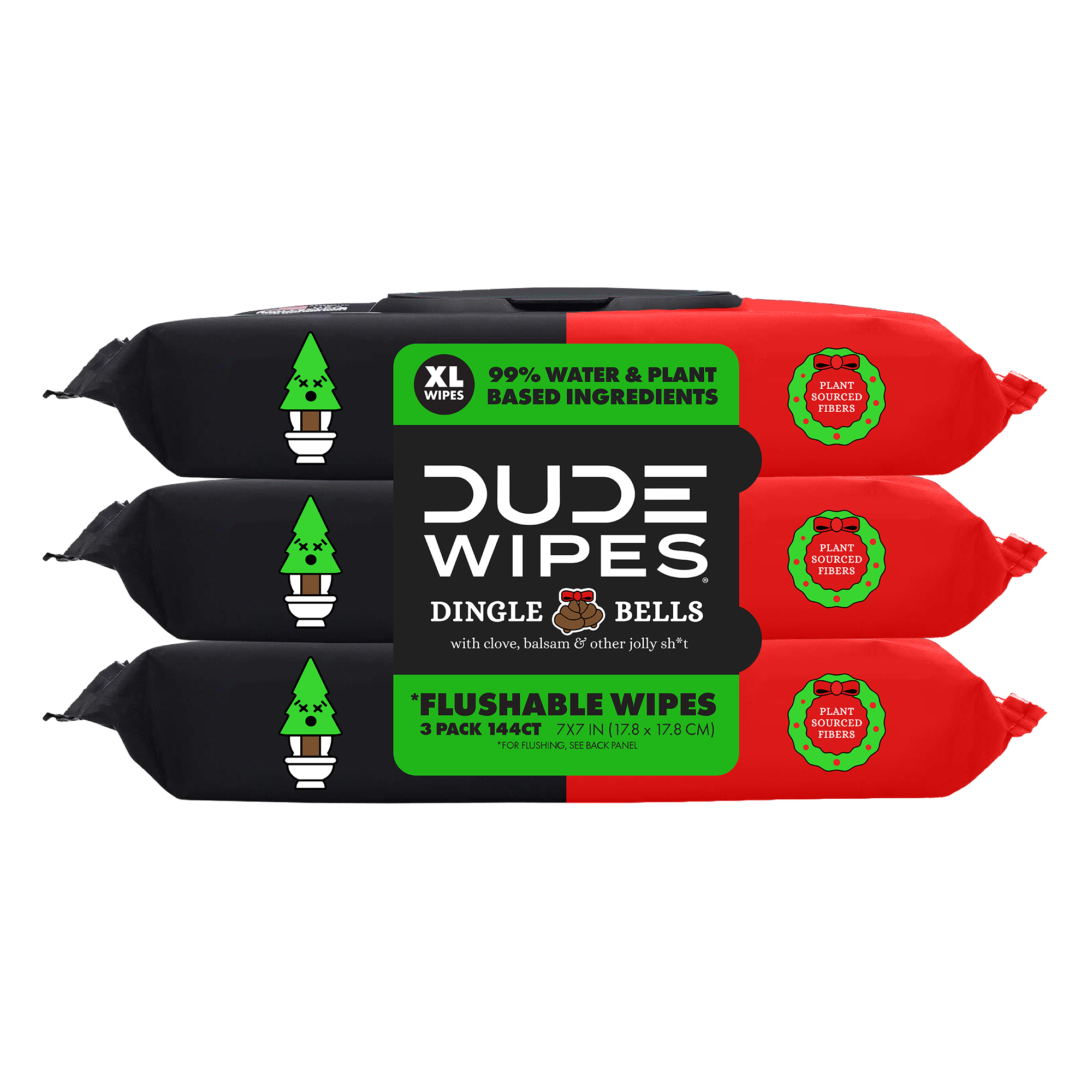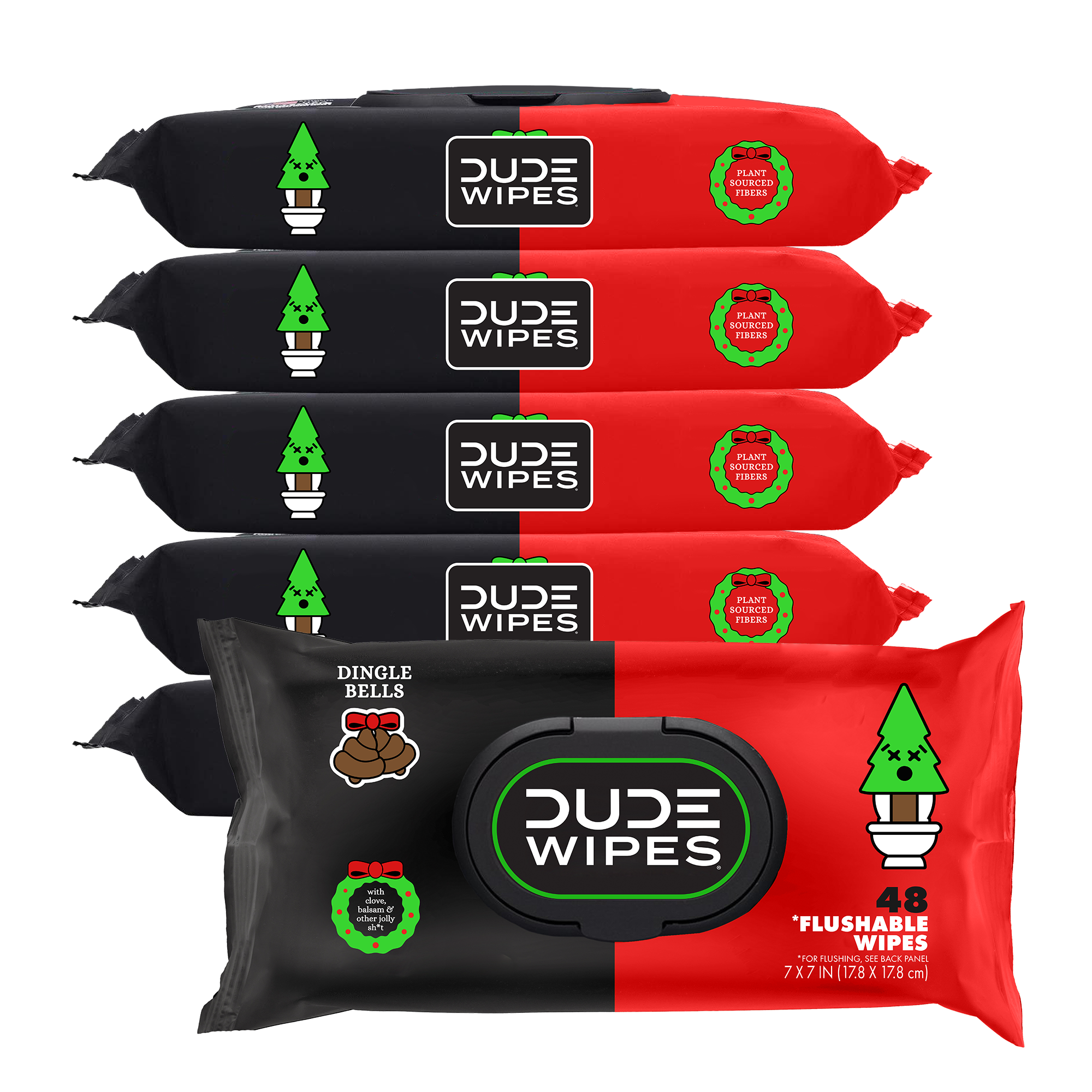You may have the great fortune of training your body so you poop at the same time every day. But no matter how well-disciplined your digestive tract is, you’ll eventually experience a sneak attack. Accordingly, every dude needs to know how to hold in poop.
The sudden urge to defecate can be caused by anything from anxiety to a plate of hot wings—but what if you’re not ready to rumble? Whether you’re miles away from the nearest toilet or stuck in a situation where pooping is taboo (like a first date or job interview) holding in your poop is a priceless skill to cultivate.
We scoured the most trustworthy source of information on the internet—Reddit—to see what guys are doing to hold in their poop. But rather than simply relaying the information to you, we put these bowel control techniques to the test so you know what works (and what doesn’t).
How to Hold in Your Poop
We should preface this by saying your body hates when you hold in your poop (more on this later), so you should apply these tips in emergencies only.
Keep in mind there are preventative measures you can take to reduce the odds of an emergency poop. For starters, try pooping before you go somewhere you don’t want to poop, like your in-laws’ house or a road trip. You should also avoid coffee, spicy food, or anything else that’s given you the runs before.
Alright, now let’s explore some hacks to hold in your poop.
Clench Your Butt Muscles
As poop moves through your gastrointestinal tract towards the rectum, it sends a signal for your anal sphincter to relax so it can exit your booty hole. However, squeezing your pelvic floor muscles tightens the sphincter, sending the poop back up into the colon.
The primary pelvic floor muscle is the levator ani muscle, which works like a valve in the anal canal to let poop out. To activate this muscle, clench your butt hole like you’re trying to stop pee from coming out. (Pro tip: doing kegel exercises strengthens these muscles and has a ton of health benefits).
The verdict: This felt like the most natural way to hold in poop, and after a few squeezes, the urge went away entirely. But it also caused some bloating and mild abdominal pain.
Lie Down
The optimal positions for dropping a deuce are sitting and squatting. Therefore, lying down can reduce the urge to poop since it takes the pressure off the stomach. Not to mention, you have gravity working in your favor when you’re supine.
The verdict: This definitely lessened the urge to poop, but it’s not very practical considering you can’t just lie down in random locations.
Stand Up
Standing up isn’t a natural position to poop, so you might be able to trick your body into feeling like you don’t have to poop. It’s also easier to clench your butt cheeks standing up as opposed to sitting down, so you can kill two birds with one stone here.
The verdict: When combined with the squeeze technique, standing up was the most effective way to withhold poop. Even when we stood up for a few seconds at a time, the urge eventually disappeared.
Use the Shift Technique
This might seem counterintuitive since movement facilitates bowel movements. However, one Redditor swore by it, perhaps because it feels like you’re jostling your feces back up into your gut.
“Sit on an unpadded chair, shift from left to right and meditate,” he said. “Do that every time you feel like you're gonna lose it.”
The verdict: This felt like a quick fix, but after a few shifts it started to remind us of shifting around on the toilet, making the urge to poop even more intense.
Is It Bad to Hold in Your Poop?
Your body is designed to poop at least every couple of days. When you hold in your poop, your body compresses and extracts water from it, resulting in fecal impaction: a clump of hard stool that gets increasingly hard to push out.
Over time, impaction can lead to chronic constipation, hemorrhoids, anal fissures, appendicitis, functional bowel disease, and other unpleasant health conditions. Bottom line: take as many dumps as your body tells you to.
Remember, everyone poops (even girls) so don’t be afraid to let ‘er rip when you get the urge. Just remember to courtesy flush and put in some effort to mask the stench.
What If You Can’t Stop the Poop?
So far, we’ve covered short-term strategies to hold in your poop. However, if emergency bowel movements become a regular thing, you may be dealing with a medical issue. Here are some common culprits:
Fecal Incontinence
Also called bowel incontinence, this is a condition where you lose the ability to control your poop. Some people experience minor leakage while others can’t control their bowel movements at all.
Fecal incontinence may be caused by nerve damage, hemorrhoids, or rectal prolapse (when the rectum slips into the anus).
Irritable Bowel Syndrome (IBS)
IBS is a common condition that irritates the large intestine. People with IBS often experience symptoms like cramping, gas, and diarrhea which can be exacerbated by stress or eating certain foods.
Inflammatory Bowel Disease (IBD)
IBD is a catch-all term for conditions that cause the digestive tract to become inflamed. Two of the most common types of IBD are ulcerative colitis and Crohn’s disease, both of which can lead to diarrhea, bloody stool, and unintended weight loss.
If you suspect your hershey squirts are the result of a medical condition rather than a troublesome meal, you might want to reach out to a gastroenterologist.
Prepare for the Aftermath
Here’s an unofficial law of physics: the longer you hold in your poop, the more explosive it will be when you finally let it out. Perhaps that’s why rest stop bathrooms are always splattered with liquid stool: after hours of driving, your butt turns into a fire hydrant of feces.
Dry toilet paper is no match for the mess you’re about to make. Do your body (and your fellow citizens) a favor and keep some DUDE Wipes on hand.

